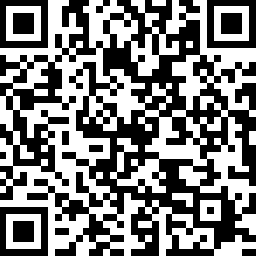Popular Economic Indicators – Lagging
Indicators
Lagging indicators are economic indicators that follow changes in the economy and are used to confirm or validate trends that have already occurred. They are often used to confirm the direction of the economy and are considered to be less useful for predicting future changes. Here are some examples of popular lagging indicators:
1. Unemployment rate: The unemployment rate is a lagging indicator because it reflects changes in the economy after they have already occurred. When the economy is growing, employers may hire more workers, resulting in a decrease in the unemployment rate. Conversely, when the economy is contracting, employers may lay off workers, resulting in an increase in the unemployment rate.
2. Gross domestic product (GDP): GDP is a lagging indicator because it measures the value of goods and services produced in the economy over a certain period of time. It reflects changes in the economy after they have already occurred, making it a useful tool for confirming economic trends.
3. Consumer price index (CPI): The CPI is a lagging indicator because it measures changes in the prices of goods and services after they have already occurred. It is used to track inflation and is often used by the Federal Reserve to make decisions about monetary policy.
4. Retail sales: Retail sales are a lagging indicator because they reflect changes in consumer spending after they have already occurred. When the economy is growing, consumers may spend more money, resulting in an increase in retail sales. Conversely, when the economy is contracting, consumers may spend less money, resulting in a decrease in retail sales.
5. Corporate profits: Corporate profits are a lagging indicator because they reflect changes in the economy after they have already occurred. When the economy is growing, companies may earn more profits due to increased sales. Conversely, when the economy is contracting, companies may earn less profits due to decreased sales.
 帮考网校
帮考网校


